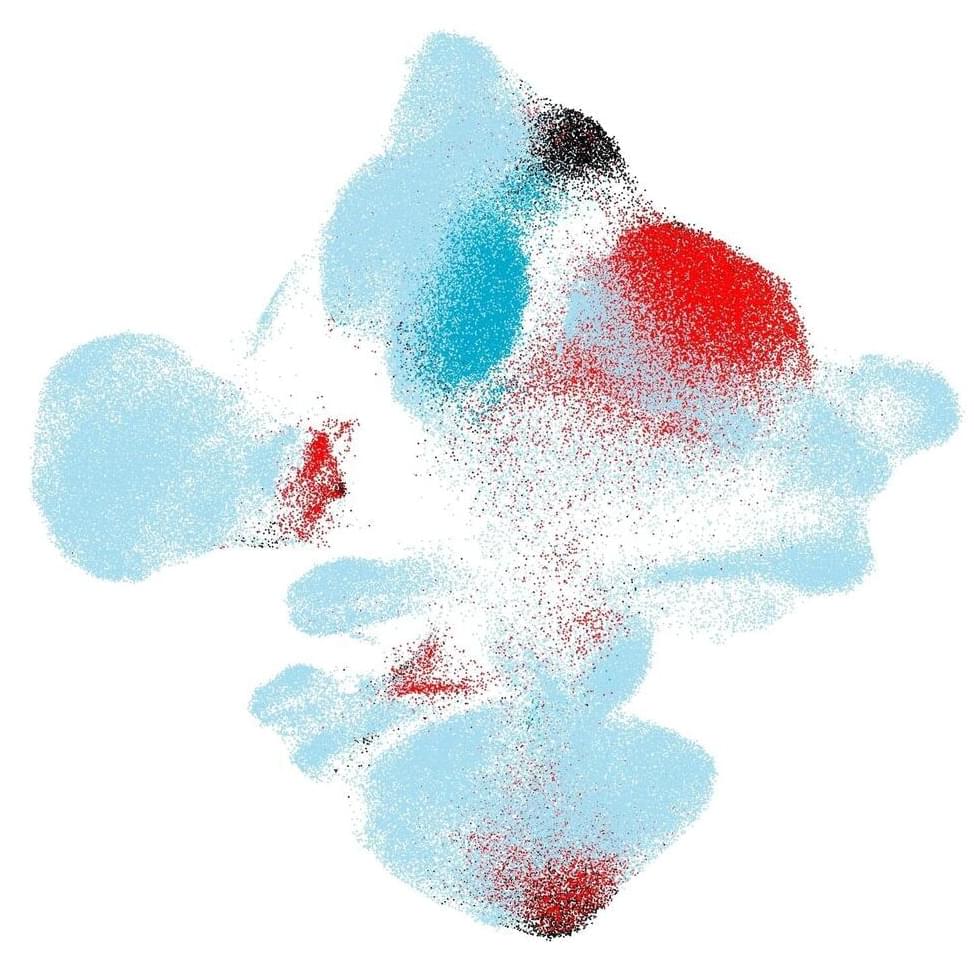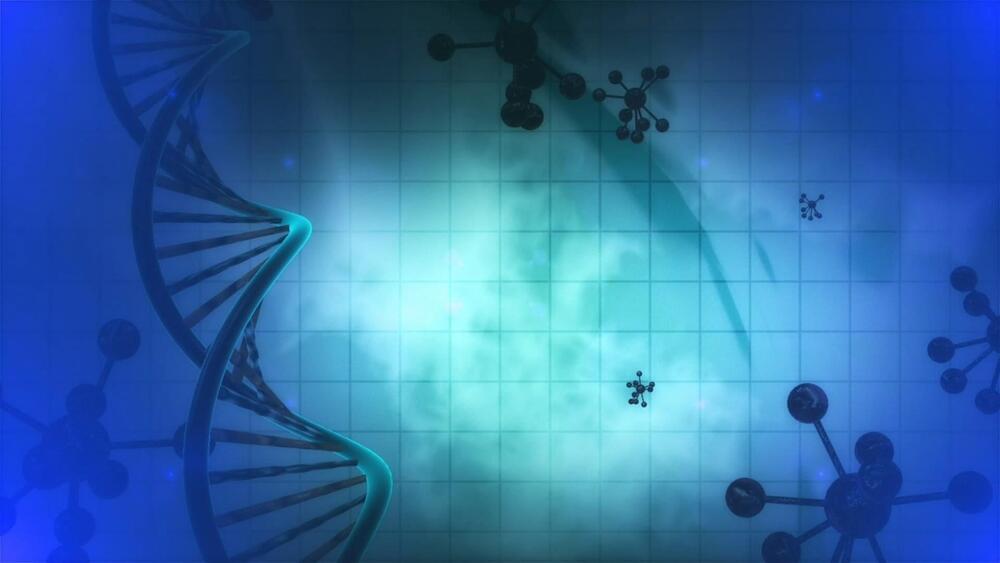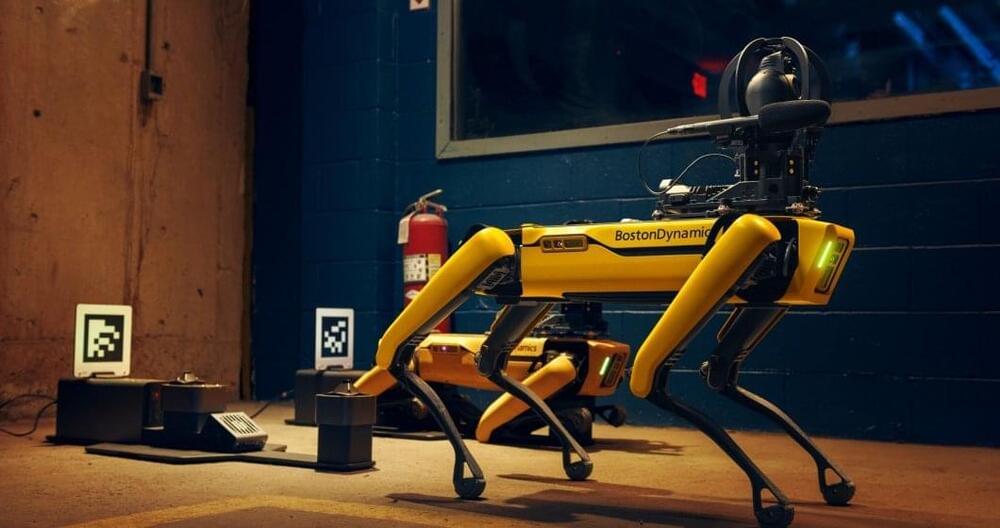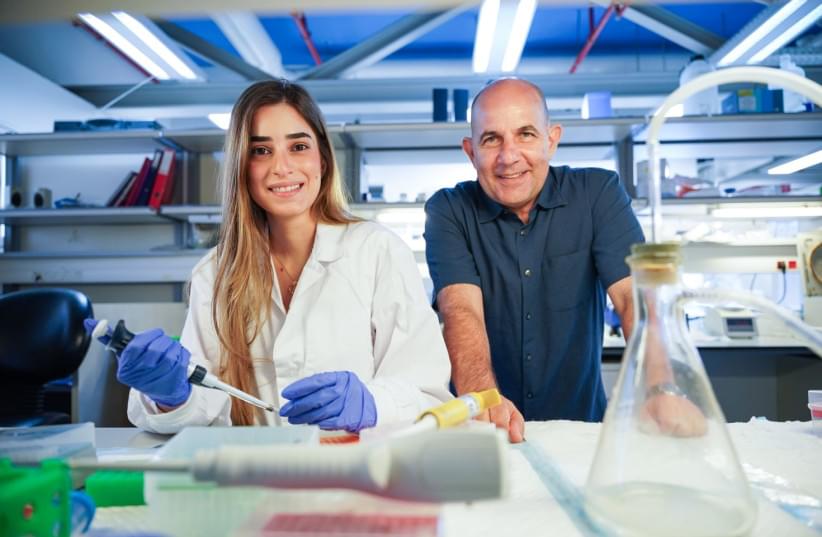Sep 1, 2021
DNA repair using CRISPR will be key to future space exploration
Posted by Kelvin Dafiaghor in categories: bioengineering, biotech/medical
DNA damage by radiation is a concern for space travelers. New experiments on the ISS show that CRISPR gene editing tools can function in space and can potentially be used to mitigate these effects.
Image credit: Norbert Kowalczyk Unsplash
Studying DNA repair is key to future space exploration, which could expose humans to risk of DNA damage caused by radiation. Conditions in space also could affect the way the body repairs such damage, potentially compounding that risk.


















